Material selection is a critical aspect of outdoor furniture. Different materials offer varying levels of durability, maintenance, and comfort. Teak wood is a popular choice due to its natural resistance to moisture and insects, making it ideal for outdoor use. Aluminum is lightweight and rust-resistant, suitable for modern designs. Wicker furniture, often made from synthetic materials, provides a classic look while being weather-resistant. Understanding the pros and cons of each material can help in making an informed decision that suits your lifestyle and climate.
Comfort is paramount when selecting outdoor furniture. Cushioned seating can enhance the outdoor experience, allowing for longer periods of relaxation and socializing. Look for weather-resistant fabrics that can withstand the elements while providing comfort. Ergonomically designed chairs and loungers will support the body properly, making outdoor gatherings more enjoyable. Testing the furniture in-store, if possible, can provide a better sense of comfort before making a purchase.
The size and layout of your outdoor space should guide your furniture choices. Measure the area to ensure that the furniture fits comfortably without overcrowding. Consider how the space will be used, whether for dining, lounging, or entertaining. Modular furniture can offer flexibility, allowing for easy rearrangement to accommodate different activities. Creating distinct zones within the outdoor area can enhance functionality and flow, making the space more enjoyable for everyone.
Style is another important consideration in outdoor furniture selection. The furniture should complement the overall aesthetic of your home and garden. Whether you prefer a modern, minimalist look or a more traditional, rustic style, there are countless options available. Coordinating colors and finishes can create a cohesive look that ties the outdoor space to the interior of the home. Accessories such as outdoor rugs, cushions, and decorative elements can further enhance the style and comfort of your outdoor area.
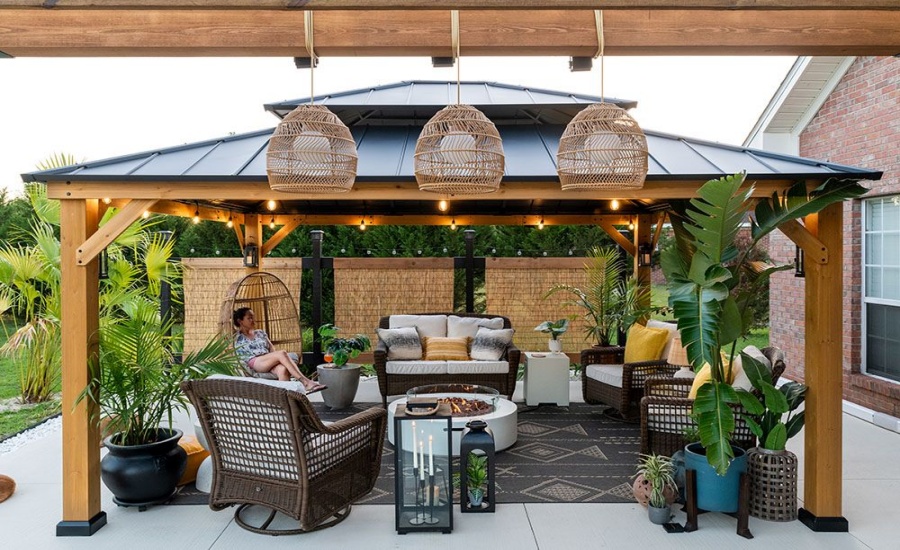
Maintenance requirements should also be taken into account. Some materials require more upkeep than others, so understanding the level of care needed can help in choosing the right furniture. For example, teak may need periodic oiling to maintain its color, while aluminum typically requires only occasional cleaning. Choosing low-maintenance options can save time and effort, allowing for more enjoyment of the outdoor space.
High-quality pieces may come with a higher price tag, but investing in durable furniture can pay off in the long run. Consider the total cost of ownership, including maintenance and potential replacements. Exploring sales, seasonal discounts, or second-hand options can also provide opportunities to find quality furniture within your budget.
Features such as built-in speakers, LED lighting, or charging stations can enhance the outdoor experience. As outdoor living spaces evolve, choosing furniture that accommodates modern conveniences can make your outdoor area more functional and enjoyable.
Perfect outdoor furniture involves careful consideration of materials, comfort, size, style, maintenance, budget, and technology. By prioritizing these factors, you can create an outdoor oasis that is both beautiful and functional, providing a perfect retreat for relaxation and entertainment. Investing time in choosing the right pieces will ensure that your outdoor space becomes a cherished part of your home.


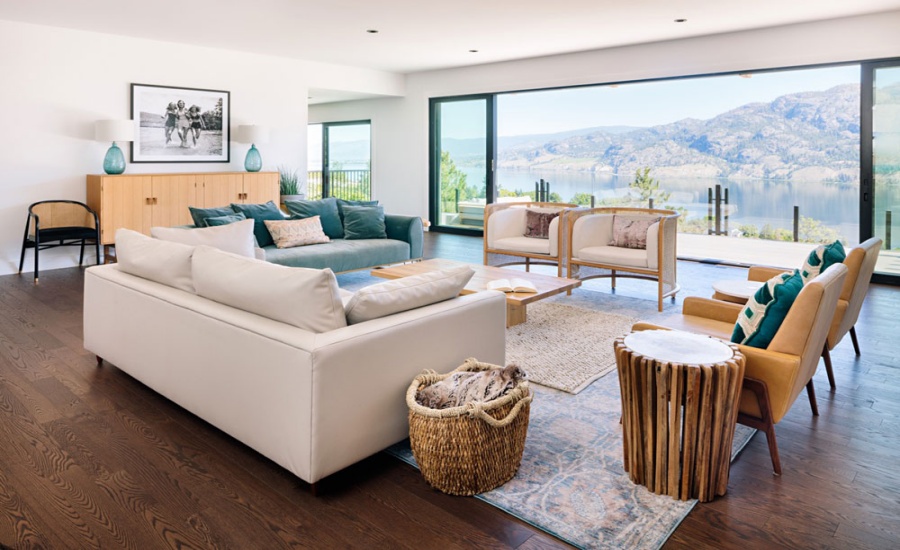
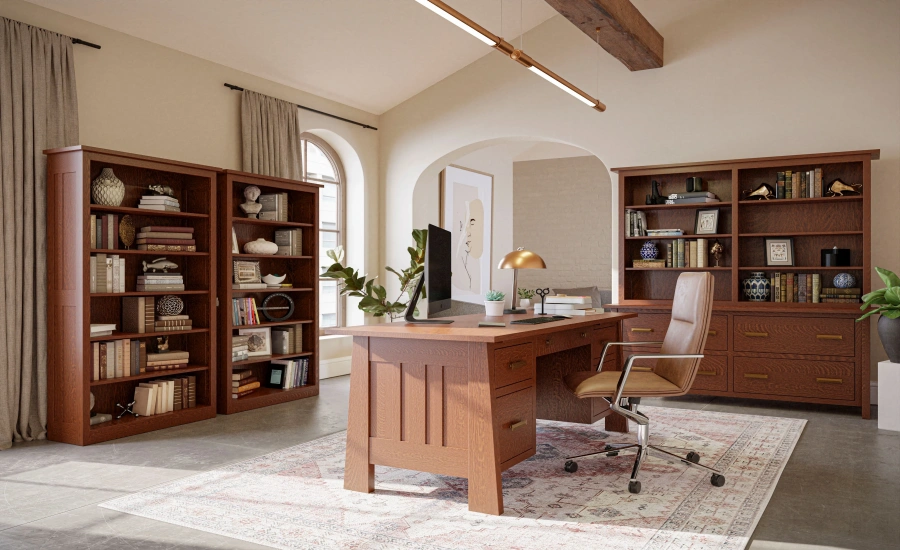
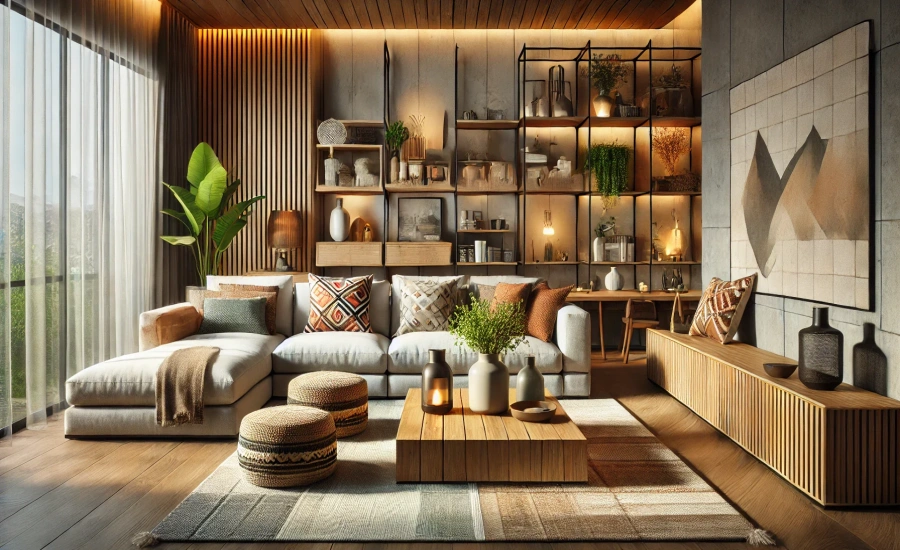
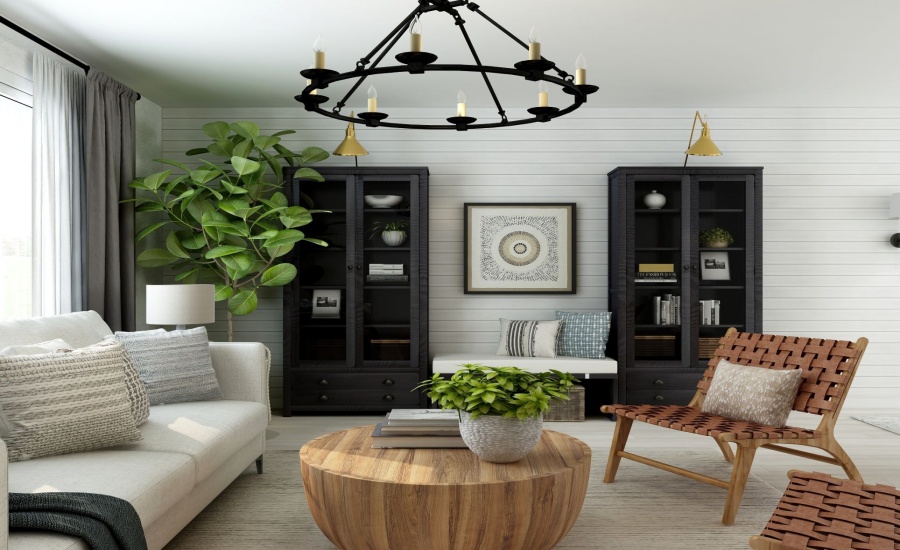

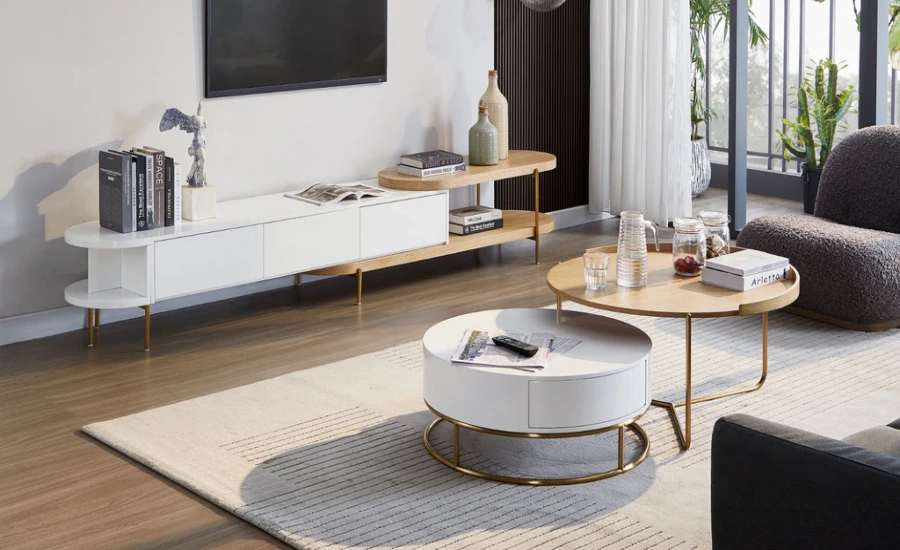
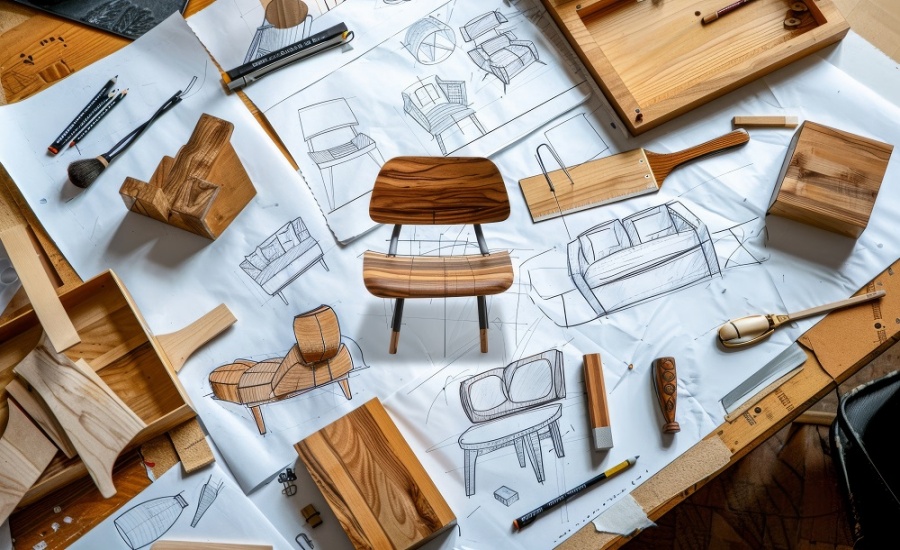
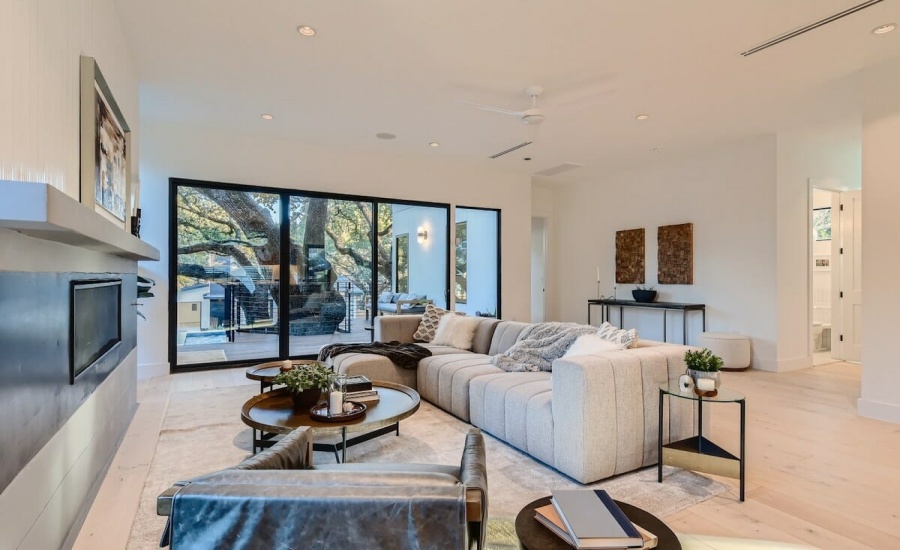

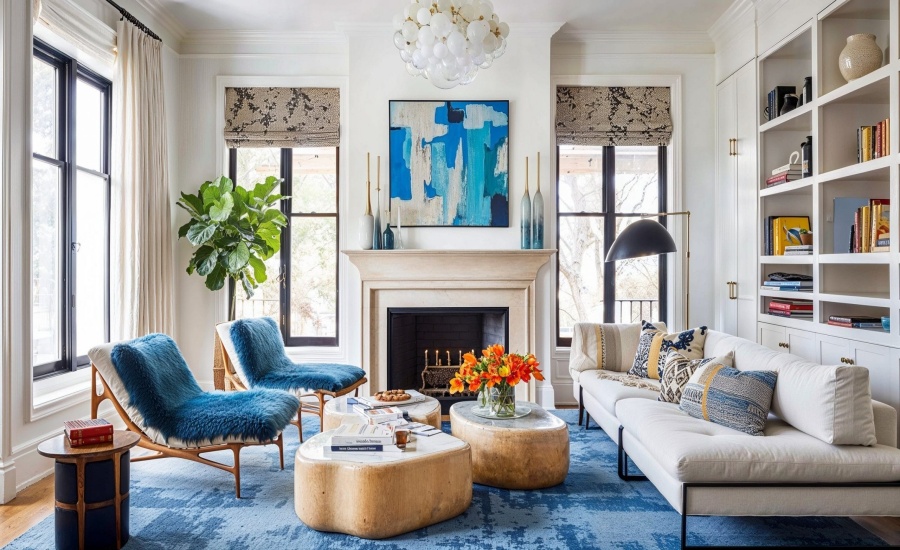
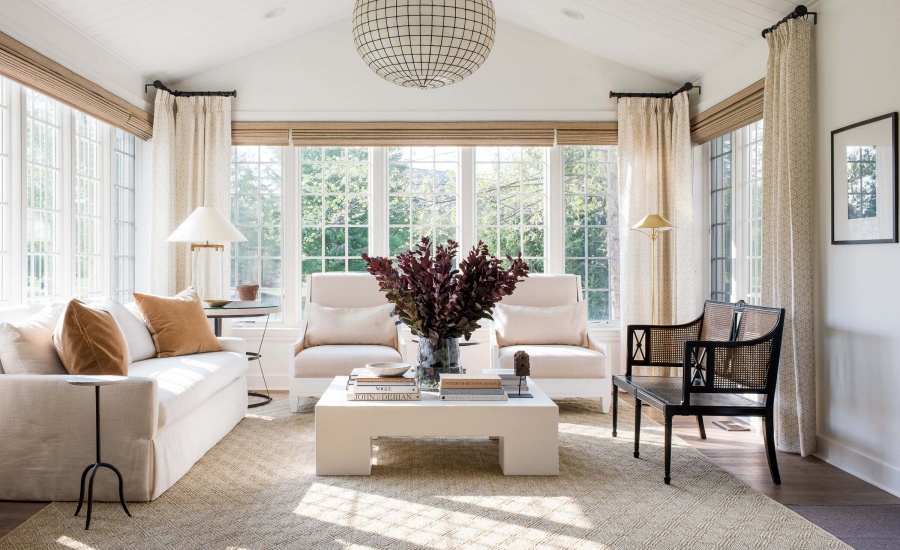
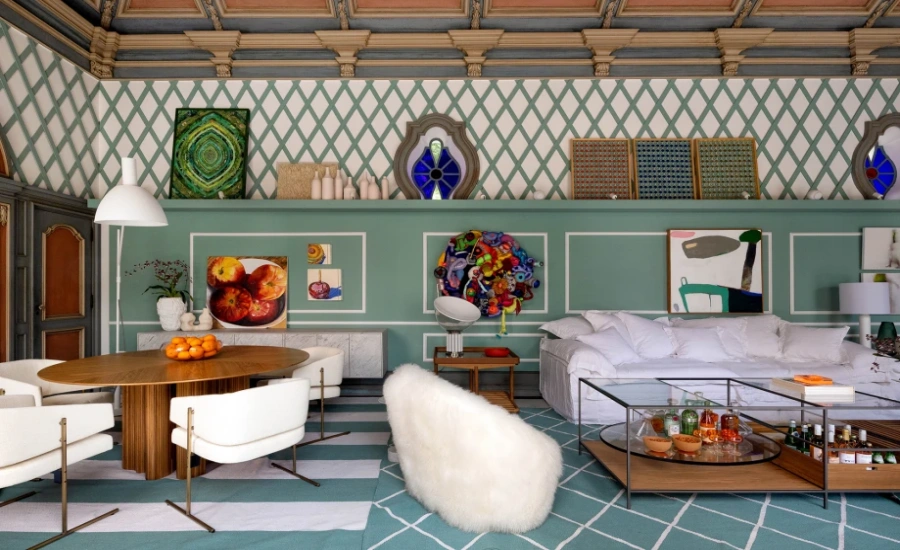
Leave a Reply